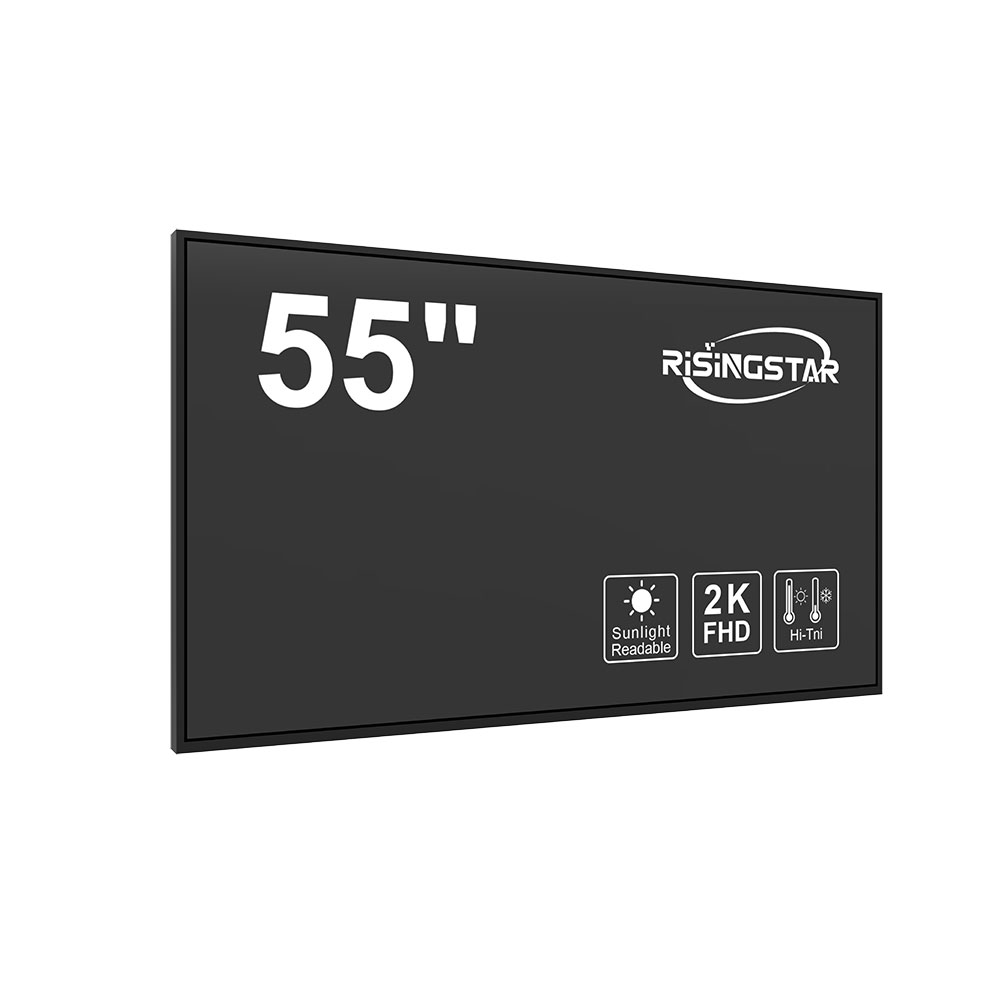In the world of display technology, IPS stands for In-Plane Switching—a revolutionary LCD panel technology developed to overcome the limitations of earlier TN (Twisted Nematic) panels. Unlike traditional TN panels that often suffer from poor viewing angles and inaccurate color reproduction, IPS panels offer superior color accuracy, wider viewing angles, and consistent image quality from any angle. This makes IPS a preferred choice for professionals in graphic design, photography, video editing, and even high-end consumer electronics like smartphones, tablets, and monitors.
IPS works by aligning liquid crystal molecules parallel to both the glass substrate and the backlight, rather than perpendicular as in TN panels. This unique alignment allows for more precise control of light passage, resulting in richer colors, deeper blacks, and improved contrast ratios—especially critical in sunlight-readable displays where brightness and clarity are paramount. For example, many outdoor digital signage systems now use IPS-based screens because they maintain visibility under direct sunlight without significant glare or washed-out images.

When it comes to industrial applications, such as ruggedized tablets used in construction, logistics, or military operations, IPS is essential not only for visual fidelity but also for durability. Many modern IPS panels feature anti-glare coatings, high-brightness backlights (often exceeding 1000 nits), and wide temperature tolerance—all crucial for reliable performance in harsh environments. According to a 2023 report by Display Week, over 65% of new industrial-grade LCDs shipped globally now utilize IPS technology due to its proven reliability and performance.
For consumers seeking better screen performance in mobile devices, IPS panels provide smoother visuals during fast-paced content like gaming or video streaming. Additionally, with advancements in LED backlighting and pixel density, IPS displays now support HDR (High Dynamic Range) content effectively, making them ideal for immersive media experiences. Long-tail keywords such as “IPS vs TN panel comparison,” “sunlight readable IPS display,” and “high brightness IPS monitor” reflect growing market demand for this technology across sectors—from retail kiosks to automotive infotainment systems.
In summary, understanding what IPS means in LCD technology reveals its role as a cornerstone of modern display innovation. Whether you're evaluating a laptop for professional work, selecting an outdoor touchscreen, or deploying a smart signage solution, choosing an IPS display ensures superior image quality, enhanced usability, and long-term value.








